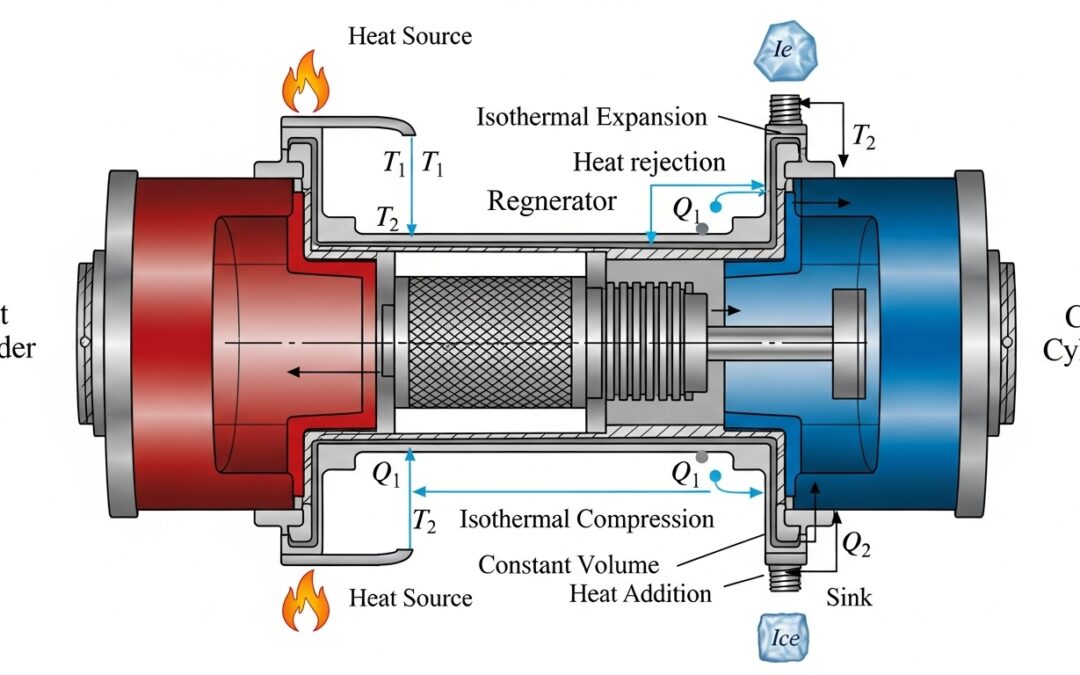[ez-toc]
Can Physics Predict a Car’s Quarter-Mile Time?
Ever wondered how engineers predict a car’s quarter-mile time? The answer lies in the fascinating world of physics. From understanding the forces acting upon a car to leveraging the principles of power and ground effect, physics plays a pivotal role in optimizing a car’s performance.
Imagine watching a car take off from the starting line, its speed escalating rapidly as it roars down the track. This increase in velocity, known as acceleration, is governed by Newton’s second law of motion, which states that force equals mass times acceleration (F = ma). In a car, the force propelling it forward is primarily friction between the tires and the road.
We also Published
- Greenland Mega-Tsunami: Unraveling the Mystery of Long-Lasting Seismic Waves
A massive landslide in Greenland’s Dickson Fjord triggered a mega-tsunami, generating seismic waves that reverberated around the globe for nine days, baffling scientists with their unusual longevity. - The Root System in Plants – A Detailed Analysis
Explore the comprehensive details of the root system in plants, essential for plant biology. - The Agni Man of India: The Man Behind India’s Agni Missiles
R N Agarwal, the ‘The Agni Man of India,’ transformed India’s defense with his leadership in missile development.
Understanding the Forces at Play
Frictional Force
The frictional force (Ff), the force that drives the car forward, depends on two key factors: the coefficient of friction (μ) and the normal force (FN). The coefficient of friction represents the nature of the surfaces in contact, while the normal force represents the force pressing the surfaces together.
| Force | Description |
|---|---|
| Normal force (FN) | The force exerted by the road, perpendicular to the ground, counteracting the car’s weight. |
| Frictional force (Ff) | The force exerted by the road, parallel to the ground, propelling the car forward. |
Power and Kinetic Energy
Power (P) is the rate of change of energy. A car’s kinetic energy (K), the energy it possesses due to its motion, is directly proportional to its mass (m) and the square of its velocity (v).
$K = \frac{1}{2}mv^2$
A Simple Model
Let’s consider a hypothetical car with a power output of 100 watts. If this car starts from rest, after one second it will have a kinetic energy of 100 joules. If the car’s mass is 2 kilograms, its velocity after one second will be 10 meters per second. However, as the car continues to accelerate, the increase in velocity for each subsequent second diminishes, due to the squaring of the velocity term in the kinetic energy equation.
Beyond the Basics
The Role of Engine Power
While power is a significant factor, it’s not the sole determinant of a car’s quarter-mile time. The relationship between power and acceleration is not linear. As a car accelerates, the rate of acceleration decreases, even with constant power input.
The Limit of Friction
The frictional force, and hence the acceleration, is limited by the coefficient of friction between the tires and the road. Even with a powerful engine, the car’s acceleration is capped by this frictional limit.
Constant Power vs. Constant Acceleration
Two models can be used to predict quarter-mile time: a constant power model and a constant acceleration model. The constant power model assumes a constant rate of energy input, leading to a decreasing acceleration as the car gains speed. The constant acceleration model assumes a constant acceleration, limited by the frictional force, resulting in a theoretical continuous increase in speed.
Real-World Data and Optimization
To validate these models, we can compare their predictions to real-world data. Data from a drag race between a Porsche 911 and a Tesla Cybertruck shows that a combination of power and friction models can provide a reasonable approximation of the car’s actual performance.
Leveraging Ground Effect
The McMurtry Spéirling, a road-legal hypercar, has demonstrated remarkable quarter-mile times of under 8 seconds. This car utilizes fans to generate a low-pressure zone under the car, effectively sucking it down and increasing the normal force, which in turn enhances the frictional force and allows for significantly higher acceleration.
The Future of Performance
As technology advances, we can expect to see more innovative approaches to performance optimization. The principles of ground effect, already employed in Formula 1 cars, are likely to become more prevalent in road cars, blurring the lines between race car and everyday vehicles.
In Conclusion
Physics plays a crucial role in understanding and predicting a car’s quarter-mile time. While power is a significant factor, the frictional limit between the tires and the road and the principles of ground effect ultimately determine a car’s ultimate performance. As technology advances, we can anticipate even faster and more agile cars, pushing the boundaries of what’s possible.
RESOURCES
- Magic Mile – Training
- Time to accelerate a sport car calculator phone
- Running the Statistical Gauntlet: R – UND School of Medicine
- Car Quarter Mile Calculator | Car 1/4 Mile Estimator
- Analysis of Interaction Terms and Predictors in Fuel Economy
- 1/8 Mile to 1/4 Mile Conversion Calculator
- Calculate 1/4 Mile ET From Horsepower
- 0-60, 0-100 & 1/4 Mile Calculator :: TorqueStats Modified
- Analyzing Fuel Efficiency Factors in Cars
- stock M3/M4 quarter mile prediction – Page 2
- Solved – Write the general form and the prediction equation …







0 Comments